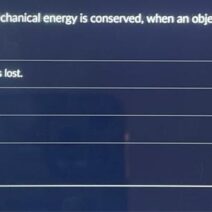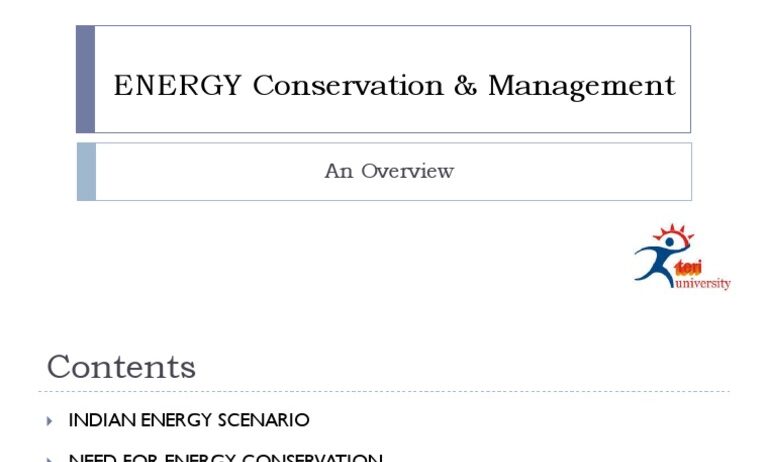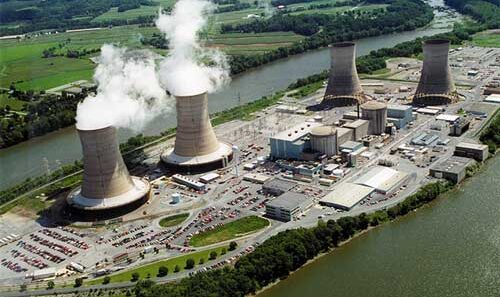Energy conservation management is akin to a well-tended garden. Just as a gardener efficiently allocates water and nutrients to ensure every flower blooms vibrantly, energy conservation management embraces strategies that optimize resource use, preventing waste and fostering sustainability. As the global demand for energy surges, the significance of managing this precious asset becomes increasingly paramount. Understanding what energy conservation management entails and identifying practical methods to save power efficiently can illuminate paths toward a more sustainable future.
At its core, energy conservation management encompasses the systematic practices and policies aimed at maximizing energy efficiency while minimizing costs and environmental impact. It is a holistic approach that integrates technology, behavior, and policy, creating a symbiotic relationship between human activities and the environment. In essence, effective energy conservation management is the art and science of ensuring that our energy consumption aligns with sustainability objectives.
One major facet of energy conservation management is understanding energy consumption patterns. Just like tracking rainfall in a garden can enhance irrigation strategies, monitoring energy usage can help identify inefficiencies. Smart metering technology allows consumers and businesses to quantify energy consumption in real time, highlighting peaks and troughs in usage. This data can be transformative, guiding individuals and organizations toward tailored conservation solutions and fostering a culture of awareness around energy use.
Enhancing energy efficiency isn’t merely a technical endeavor; it requires a cultural shift that prioritizes conscious consumption. Behavioral changes are crucial. Small actions, when amalgamated, can result in significant impacts. For instance, habitual practices such as turning off lights when exiting a room or unplugging devices that consume phantom power exemplify the minor behavioral modifications that can lead to considerable energy savings. This metaphorical shift—from a mindless consumer to a mindful steward—promotes a ethos of sustainability that permeates throughout households and communities.
Another compelling aspect of energy conservation management involves the integration of renewable energy sources. In many respects, renewable energy represents the vibrant flowers in our sustainability garden. Solar panels harness energy from the sun, while wind turbines convert the natural movement of air into usable power. By leveraging these clean energy options, consumers can reduce reliance on fossil fuels and decrease their carbon footprint. Transitioning to renewable energy sources not only contributes to comprehensive energy conservation management but also stimulates local economies, enhances energy independence, and mitigates the degradation of our planet.
Incorporating technologies that enhance building efficiency substantially contributes to effective energy conservation management. This includes everything from proper insulation and energy-efficient HVAC systems to the installation of smart lighting systems. When implemented thoughtfully, such interventions create structures that consume less energy, providing a dual benefit: reduced utility bills and a diminished environmental impact. It’s a design philosophy that echoes the principles found in nature, where ecosystems thrive on efficient resource allocation. Just as nature doesn’t waste materials, energy-efficient buildings embody similar virtues, optimizing their utility consumption.
Public policy plays a crucial role in shaping energy conservation management strategies. Governments can enact regulations that incentivize energy-efficient practices among businesses and consumers alike. Tax credits for upgrading to energy-efficient appliances or mandatory energy efficiency standards for new buildings are fundamental examples of how policy can drive change. Legislation designed to promote renewable energy sources further supports a transition to a more sustainable energy landscape. This societal framework creates an environment where individual efforts complement collective action, fostering a culture of sustainability.
Engaging stakeholders, including businesses, schools, and local communities, is equally vital in promoting energy conservation management. Collaboratives or partnerships can pool resources to undertake community-wide energy audits, share best practices, and implement energy-saving initiatives. By fostering a collective sense of ownership over energy conservation, these partnerships propagate innovative solutions and broaden the educational reach of sustainability practices. Each participant, much like the different plants in a garden, offers unique perspectives and insights, creating a richer tapestry of energy management.
As we reflect on the journey of energy conservation management, the metaphor of the garden persists. It prompts us to consider that just as a garden thrives with nurturing and proper care, our planet too can flourish when we prioritize sustainable energy practices. The use of sustainable technologies, friendly policies, and community engagement cultivates a fertile ground for innovative ideas and actionable change.
Furthermore, the renaissance of smart homes introduces an integration of technology and convenience into the realm of energy conservation management. Through the use of smart thermostats, energy-efficient appliances, and automation systems, homeowners can effortlessly manage their energy consumption, further reducing waste. These modern incorporations serve as contemporary tools, akin to the traditional gardening tools that help maintain a beautiful and productive garden.
In conclusion, energy conservation management is an intricate dance between efficiency, policy, technology, and communal engagement. It calls for an ecosystem-oriented mindset, where every action, no matter how small, contributes to a larger narrative of sustainability. As we navigate the complexities of energy usage, harnessing innovative strategies to save power efficiently becomes not just an individual responsibility but a collective mandate. A more sustainable world is possible, and with dedicated energy conservation management, we can cultivate that reality. By committing to the principles of conservation, we ensure that the garden of our environment thrives for generations to come.








